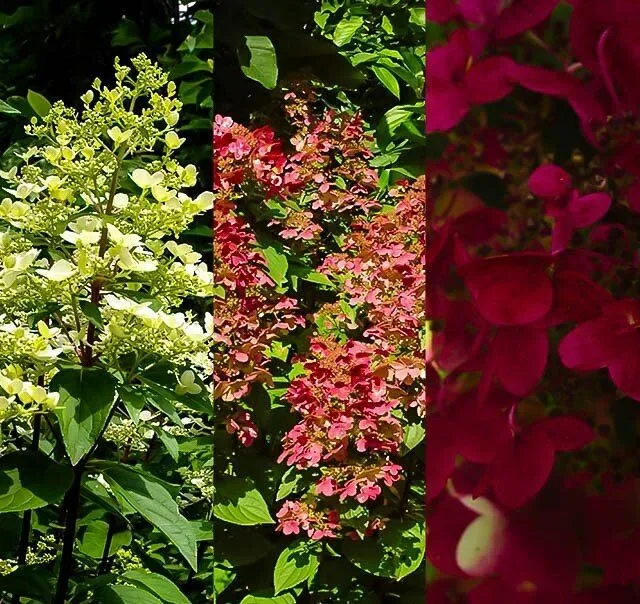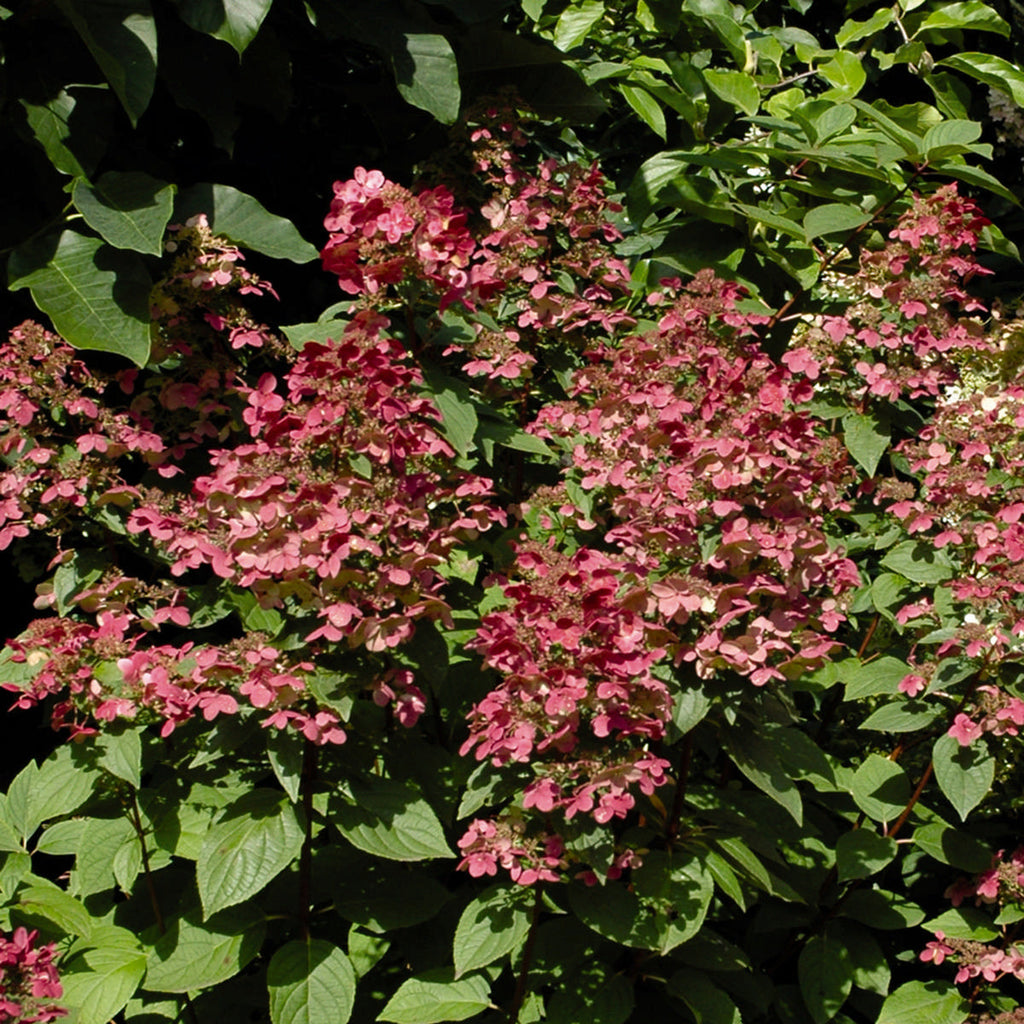Fire And Ice Hydrangea: The Ultimate Guide To Growing This Stunning Plant
Fire and Ice Hydrangea: The Ultimate Guide to Growing This Stunning Plant
Fire and ice hydrangeas are one of the most popular hydrangea varieties, and for good reason. They are known for their stunning blooms, which can be white, pink, or blue, depending on the soil pH. Fire and ice hydrangeas are also relatively easy to care for, making them a great choice for gardeners of all skill levels.
In this guide, we will discuss everything you need to know about growing fire and ice hydrangeas, from planting and care to troubleshooting common problems. By the end of this guide, you will be an expert on growing these beautiful plants.
Introduction
Fire and ice hydrangeas (Hydrangea macrophylla 'Fire & Ice') are a hybrid variety that was first introduced in Japan in the 1970s. They are characterized by their striking blooms, which can be white, pink, or blue, depending on the soil pH. Fire and ice hydrangeas are typically 3-6 feet tall and wide, and they bloom in mid-summer to early fall.
Fire and ice hydrangeas are relatively easy to care for, but they do have some specific requirements. They need full sun to partial shade and well-drained soil. They are also susceptible to pests and diseases, so it is important to monitor them closely.
With proper care, fire and ice hydrangeas can thrive for many years. They are a beautiful and versatile addition to any garden, and they can be enjoyed by gardeners of all skill levels.
Main Content
Planting Fire and Ice Hydrangeas
The best time to plant fire and ice hydrangeas is in the spring or fall. Choose a location that receives full sun to partial shade. The soil should be well-drained and rich in organic matter. If your soil is sandy or clayey, you may need to amend it with compost or peat moss.
Dig a hole that is twice the width and depth of the root ball. Place the hydrangea in the hole and backfill with soil. Water the hydrangea deeply and mulch around the base.
Caring for Fire and Ice Hydrangeas
Fire and ice hydrangeas are relatively low-maintenance plants. However, there are a few things you can do to keep them healthy and thriving.
Water your hydrangeas deeply and regularly, especially during hot, dry weather. Mulch around the base of the plant to help retain moisture.
Feed your hydrangeas with a balanced fertilizer in the spring and fall. A good option is a fertilizer that is high in nitrogen and potassium.
Prune your hydrangeas in the spring, after they have finished blooming. Remove any dead, diseased, or damaged branches. You can also lightly trim the plant to shape it.
Troubleshooting Common Problems
Fire and ice hydrangeas are generally resistant to pests and diseases. However, they can be susceptible to a few problems, such as:
- Leaf spot: This is a fungal disease that can cause brown spots on the leaves. To treat leaf spot, remove affected leaves and spray the plant with a fungicide.
- Powdery mildew: This is another fungal disease that can cause a white powdery coating on the leaves. To treat powdery mildew, spray the plant with a fungicide or use a baking soda solution.
- Aphids: These small insects can suck the sap from the leaves, causing them to wilt and turn yellow. To control aphids, spray the plant with insecticidal soap or neem oil.
Conclusion
Fire and ice hydrangeas are beautiful and easy-to-care-for plants that can add a touch of elegance to any garden. With proper care, they can thrive for many years.
If you are looking for a stunning hydrangea variety that is both beautiful and low-maintenance, fire and ice hydrangeas are a great option.
Fire and ice hydrangeas are a stunning addition to any garden. With their creamy white flowers that turn pink in summer and red in fall, these shrubs are sure to turn heads. But did you know that there's even more to love about fire and ice hydrangeas?
For one, they're relatively easy to care for. They prefer full sun to partial shade and well-drained soil. Just be sure to water them regularly, especially during hot, dry weather.
Another thing to love about fire and ice hydrangeas is their versatility. They can be used as accent plants, border plants, or even hedges. They're also deer-resistant, so you don't have to worry about them being eaten by pesky animals.
If you're interested in learning more about fire and ice hydrangeas, I encourage you to visit . This website has a wealth of information about these amazing shrubs, including care tips, planting instructions, and more.
FAQ of fire and ice hydrangea
- What is a fire and ice hydrangea?
A fire and ice hydrangea is a type of hydrangea that produces flowers that are both pink and blue. The color of the flowers depends on the acidity of the soil. In acidic soil, the flowers will be blue, while in alkaline soil, the flowers will be pink.
- How do I grow a fire and ice hydrangea?
Fire and ice hydrangeas are relatively easy to grow. They prefer full sun to partial shade and well-drained soil. They should be watered regularly, especially during hot, dry weather. In the fall, apply a layer of mulch around the plant to help protect the roots from the cold.
- What are some common problems with fire and ice hydrangeas?
Some common problems with fire and ice hydrangeas include:
* Leaf spot: This is a fungal disease that can cause leaves to develop brown or black spots. To control leaf spot, remove infected leaves and apply a fungicide.
* Aphids: These small insects can suck the sap from leaves, causing them to wilt and turn yellow. To control aphids, spray the plant with insecticidal soap or neem oil.
* Winter damage: Fire and ice hydrangeas can be damaged by cold weather, especially if they are not properly protected. To prevent winter damage, mulch the plant heavily in the fall and cover it with a burlap sack or other protective material.
- How do I care for a fire and ice hydrangea in the winter?
In areas with cold winters, fire and ice hydrangeas should be protected from the cold. To do this, mulch the plant heavily in the fall and cover it with a burlap sack or other protective material. You may also want to cut the plant back to about 6 inches above the ground in the fall. This will help protect the roots from the cold.
- How long do fire and ice hydrangeas live?
Fire and ice hydrangeas can live for many years. With proper care, they can easily live for 20 years or more.
Image of fire and ice hydrangea
- An image of a full grown fire and ice hydrangea bush in full bloom. The blooms are white on the outside and pink on the inside.

- An image of a close-up of a fire and ice hydrangea bloom. The white petals are edged in pink, and the center of the bloom is a deep pink.

- An image of a fire and ice hydrangea bush in the fall. The leaves are turning red and orange, and the blooms are still white and pink.

- An image of a fire and ice hydrangea plant in a pot. The plant is small, but it has several blooms.

- An image of a fire and ice hydrangea flower arrangement. The flowers are arranged in a vase, and they are surrounded by greenery.

Post a Comment for "Fire And Ice Hydrangea: The Ultimate Guide To Growing This Stunning Plant"